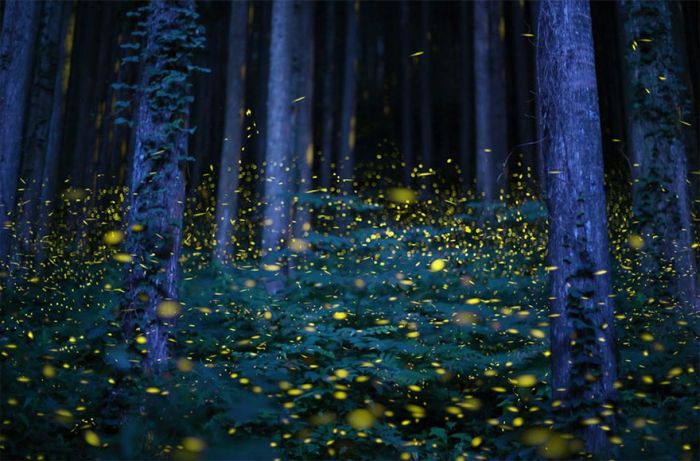|
|
Migration Of Wild Animals
|
• Structure
With a few exceptions, most notably the sponges (Phylum Porifera) and Placozoa, animals have bodies differentiated into separate tissues. These include muscles, which are able to contract and control locomotion, and nerve tissues, which send and process signals. Typically, there is also an internal digestive chamber, with one or two openings. Animals with this sort of organization are called metazoans, or eumetazoans when the former is used for animals in general.
All animals have eukaryotic cells, surrounded by a characteristic extracellular matrix composed of collagen and elastic glycoproteins. This may be calcified to form structures like shells, bones, and spicules. During development, it forms a relatively flexible framework upon which cells can move about and be reorganized, making complex structures possible. In contrast, other multicellular organisms like plants and fungi have cells held in place by cell walls, and so develop by progressive growth. Also, unique to animal cells are the following intercellular junctions: tight junctions, gap junctions, and desmosomes.
|
|









